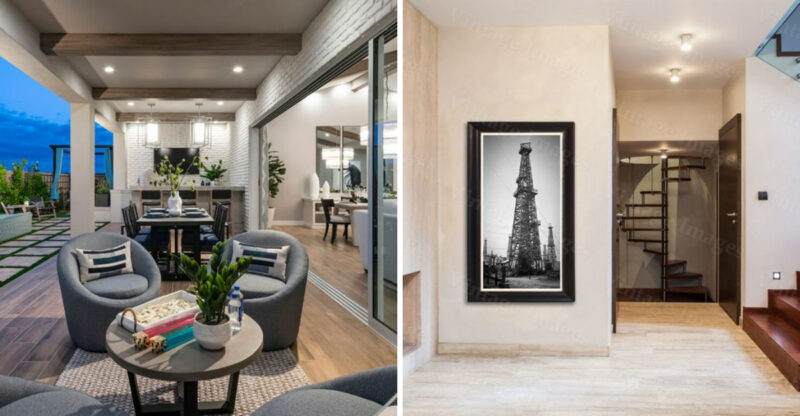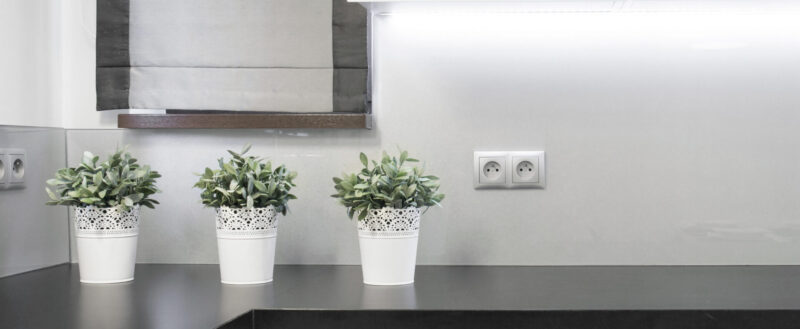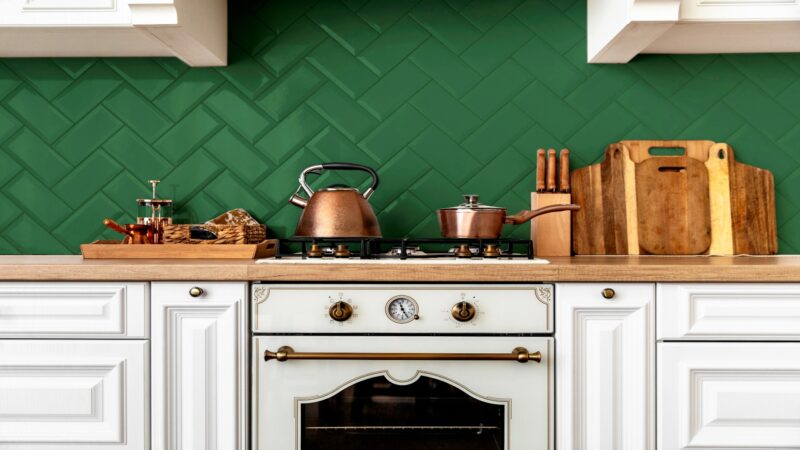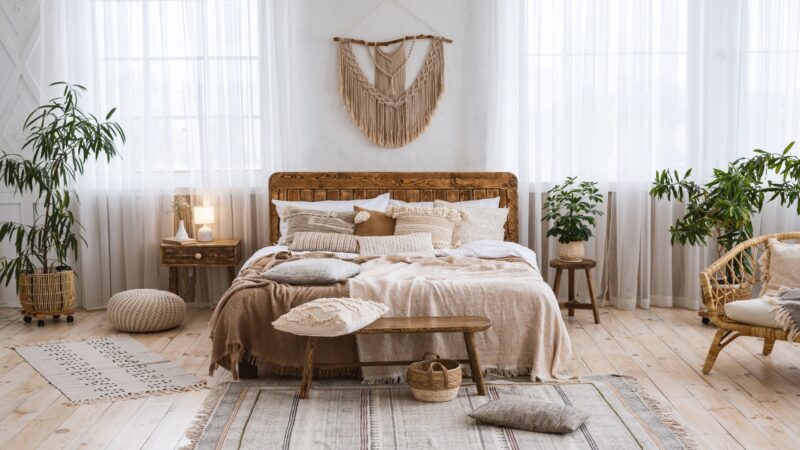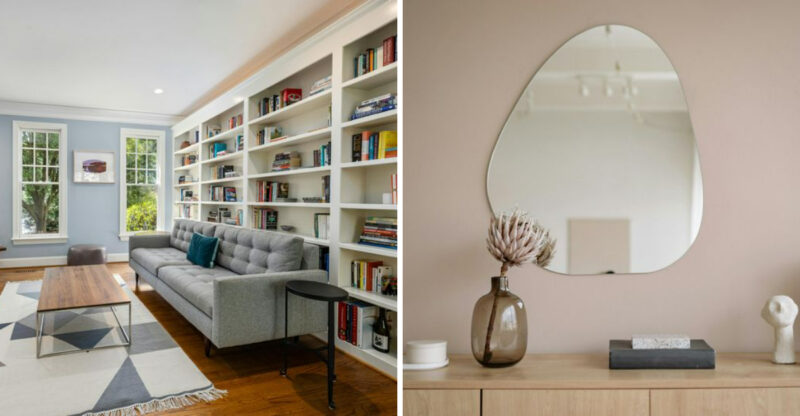12 Design Elements That Are Falling Out Of Favor And 5 Buyers Have Completely Rejected

Home design trends come and go faster than we can swap out our throw pillows.
What was once the must-have feature in every modern home can quickly become yesterday’s fad that makes potential buyers cringe.
I’ve watched these shifts happen over years in the real estate market, and they can seriously impact your home’s value. Let’s look at which design elements are losing their appeal and which ones buyers won’t even consider anymore.
1. Open Shelving in Kitchens (Falling Out of Favor)
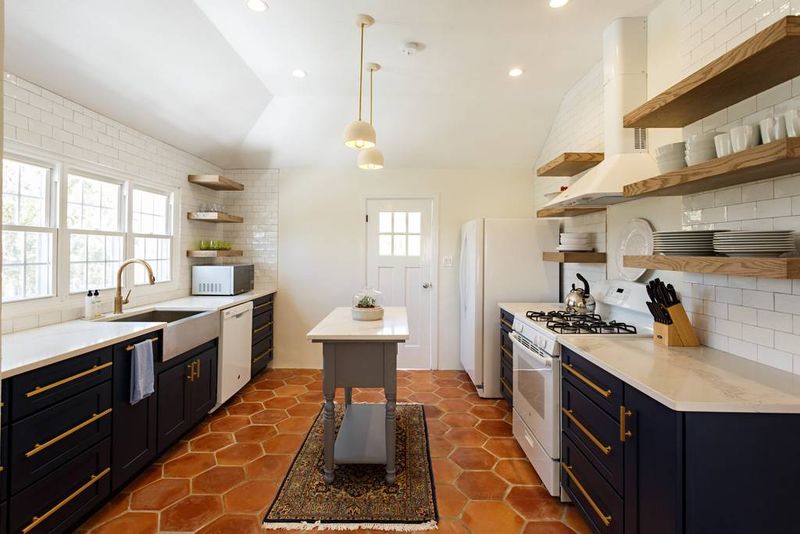
Remember when everyone wanted their dishes on display? Those Instagram-worthy kitchen shelves are now making homeowners rethink their choices. Dust collection is a real problem that nobody talks about in design magazines!
Practical homeowners are discovering that constantly cleaning exposed dishes isn’t worth the aesthetic appeal. Plus, not everyone has a perfectly curated collection of matching ceramics to showcase.
The trend is shifting back toward closed cabinetry that hides the clutter and protects dishes from grease and dust. If you’re renovating your kitchen soon, consider glass-front cabinets instead they provide display opportunities without the maintenance headaches.
2. All-Gray Interiors (Falling Out of Favor)
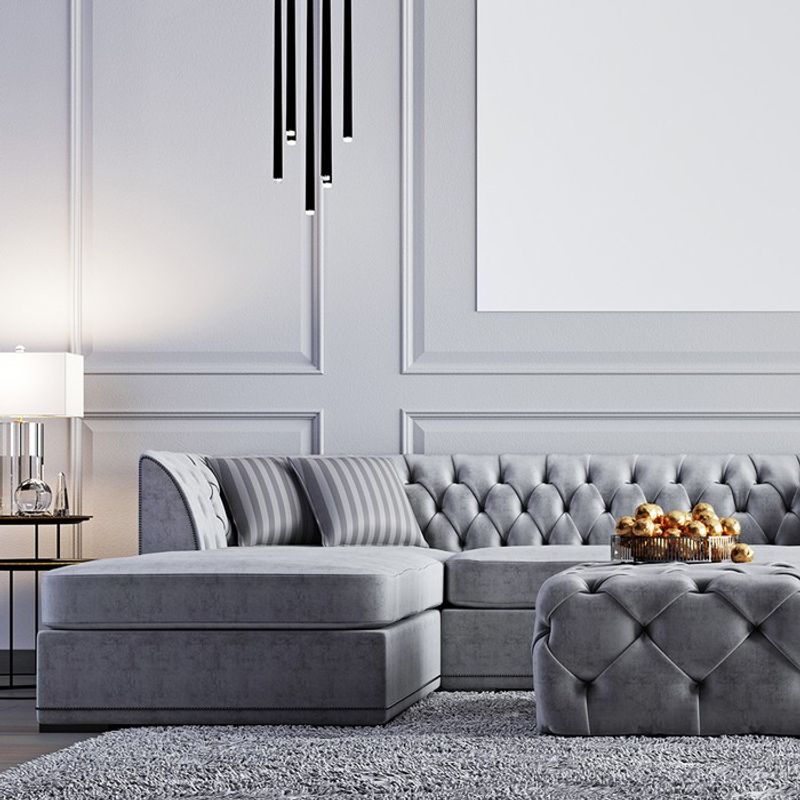
Gray was king for nearly a decade walls, furniture, floors, all bathed in various shades from charcoal to greige. I watched clients request it in every room, believing it was the ultimate neutral that would never go out of style.
Now people are craving warmth and personality in their spaces. Those cool-toned gray rooms that once looked sophisticated now feel cold, clinical, and somewhat depressing without contrast.
Homeowners are introducing warmer neutrals like beige, taupe, and even bringing back cream. They’re adding pops of color through accessories and accent walls. If you’ve gone all-gray, try incorporating wood tones and textiles in warmer hues to soften the space.
3. Shiplap Walls (Falling Out of Favor)
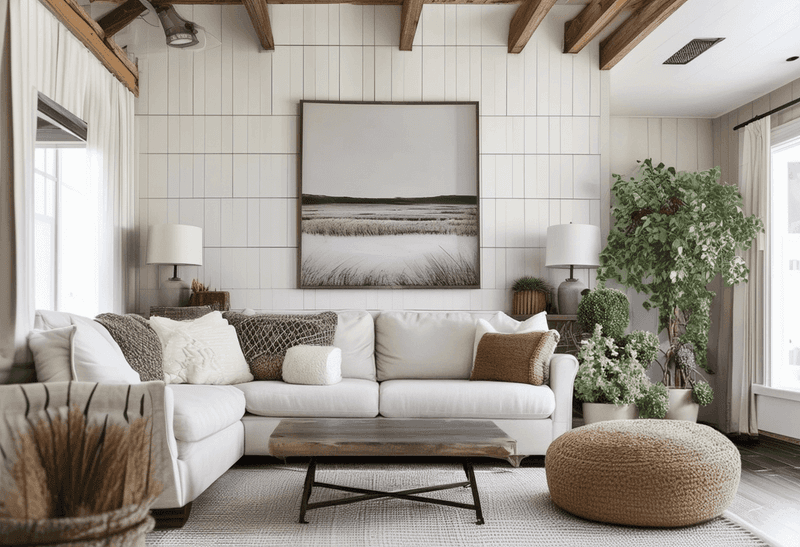
Joanna Gaines made us all want horizontal wooden planks covering every vertical surface in our homes. The farmhouse-chic look exploded, and suddenly shiplap appeared in suburban homes nowhere near an actual farm.
The charm has worn thin as the market became saturated with this specific look. Designers are now steering clients toward more timeless wall treatments or using shiplap more sparingly as an accent.
If you went all-in on this trend, don’t panic! Paint your shiplap a bold color instead of white, or consider removing it from everywhere except feature walls. The farmhouse aesthetic isn’t dead it’s just evolving into something less theme-park and more subtly rustic.
4. Barn Doors (Falling Out of Favor)

Sliding barn doors seemed like the perfect space-saving solution while adding rustic charm to any doorway. They eliminated the swing space needed for traditional doors and became a focal point in many homes.
The problem? These doors offer minimal privacy and sound insulation. Try having a private conversation behind a barn door that doesn’t fully seal against the wall everyone can hear you!
Homeowners are returning to pocket doors for space-saving needs or traditional hinged doors for proper privacy. If you love the look, consider keeping barn doors in spaces where privacy isn’t crucial, like pantries or laundry rooms, rather than bathrooms or bedrooms where their functionality falls short.
5. Industrial Fixtures Everywhere (Falling Out of Favor)
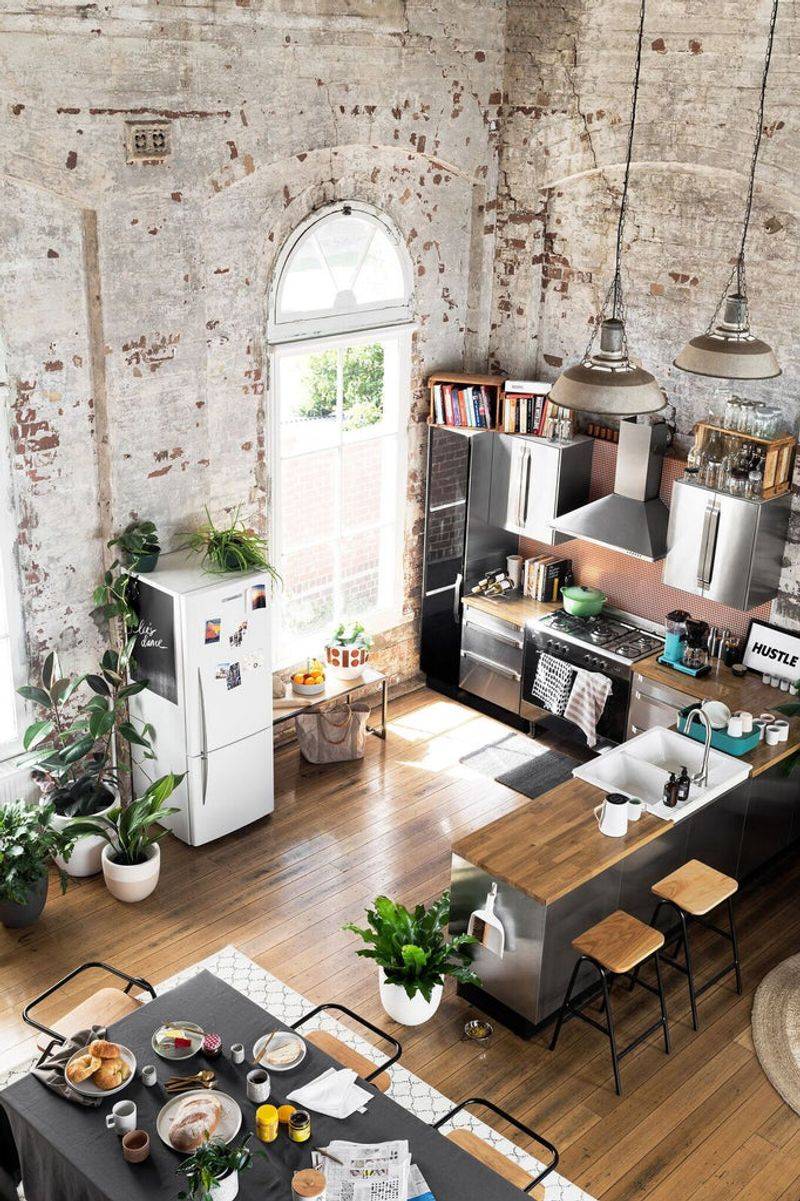
The industrial look exposed pipes, metal fixtures, and factory-inspired lighting dominated design for years. Walking into some homes felt like entering an upscale warehouse rather than a comfortable living space.
This harsh aesthetic is softening as homeowners seek more comfort and warmth. Those metal bar stools that looked cool but hurt to sit on? They’re being replaced with upholstered versions that actually invite you to linger over breakfast.
Industrial elements aren’t disappearing completely but are being incorporated more thoughtfully. Instead of going full factory, people are selecting one or two industrial pieces as focal points while surrounding them with softer, more comfortable elements. Balance is the new goal rather than theme commitment.
6. Edison Bulb Overuse (Falling Out of Favor)
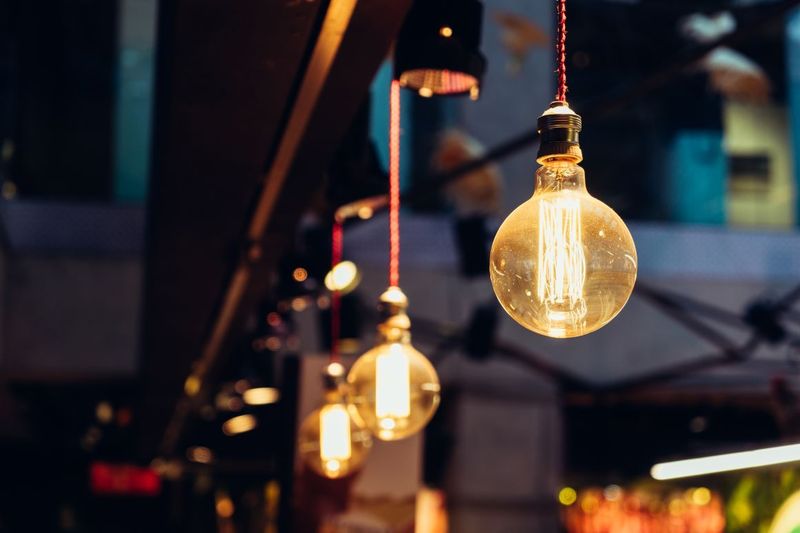
Those bare, vintage-style filament bulbs took over every hip restaurant and home for the past several years. Their warm glow and nostalgic appearance made them instant hits in exposed fixtures and pendant lights.
The honeymoon phase has ended as homeowners realize these bulbs provide more ambiance than actual useful light. They’re energy inefficient, often too dim for task lighting, and the exposed glare can be uncomfortable to look at directly.
Modern interpretations are replacing the originals LED versions that mimic the aesthetic while providing better light output and energy efficiency. If you still love the look, consider using them in secondary lighting where task illumination isn’t critical, like bar areas or decorative sconces, rather than as your primary light source.
7. Matching Furniture Sets (Falling Out of Favor)
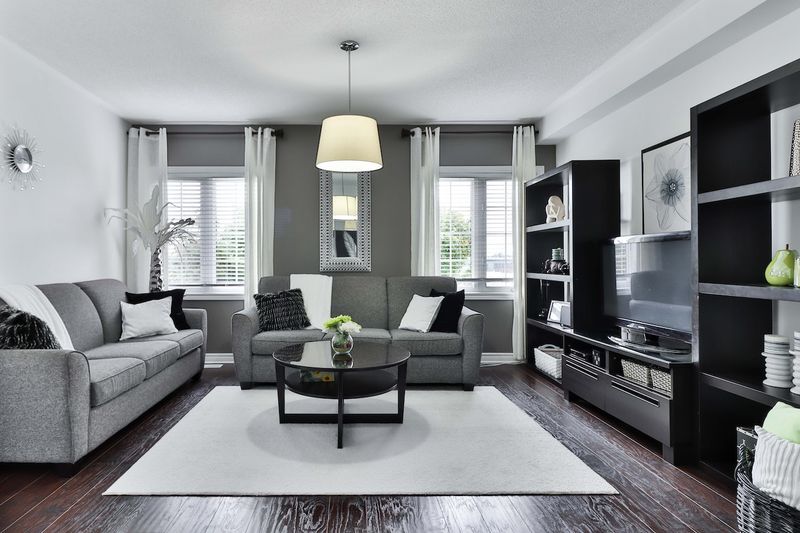
Buying the entire bedroom or living room display straight off the showroom floor used to be the easy way to furnish a home. Everything matched perfectly the sofa, loveseat, coffee table, end tables, and even the lamps came as a coordinated package.
This approach now reads as unimaginative and impersonal. Designers and homeowners are embracing more collected, curated spaces that tell a story and show personality. Mixing different wood tones, materials, and styles creates more visual interest.
If you’ve invested in matching sets, try breaking them up throughout your home. Add accent pieces in contrasting styles or materials. Replace just the coffee table or add a statement chair in a different fabric. Small changes can transform a cookie-cutter room into something that feels more authentic.
8. Wall Decals and Vinyl Quotes (Falling Out of Favor)
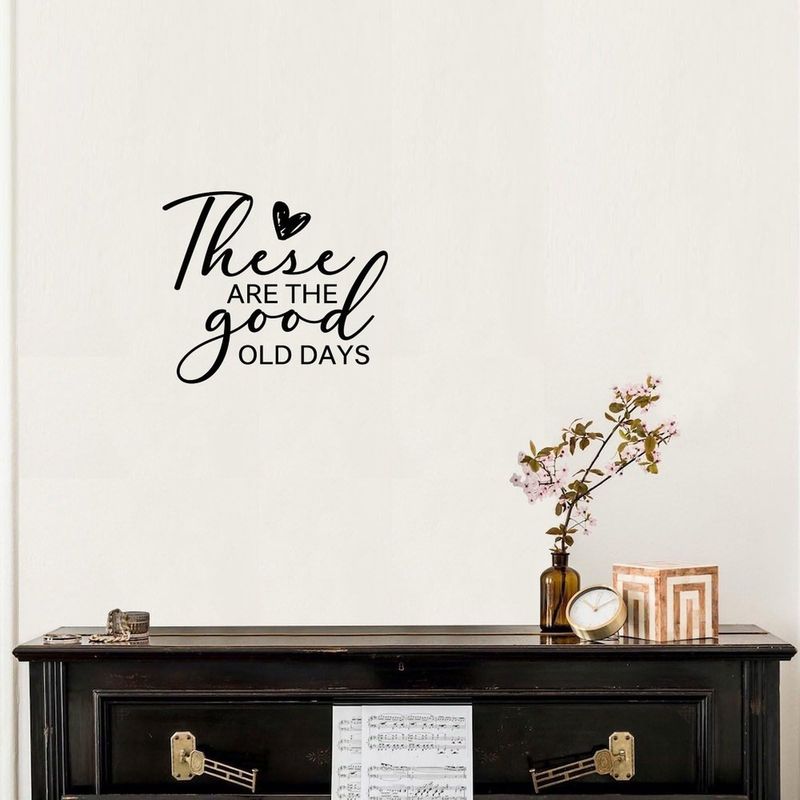
“Live, Laugh, Love” – these three words haunted walls across America for years. Vinyl wall quotes and decals offered an easy, temporary way to add personality to spaces without committing to wallpaper or paint techniques.
The market became oversaturated with generic inspirational phrases that lost their impact through sheer ubiquity. What once seemed personal became the ultimate design cliché, signaling a lack of originality rather than inspiration.
Homeowners are turning to more sophisticated wall treatments textured wallpaper, interesting paint techniques, or actual artwork that makes a more personal statement. If you still want words on your walls, consider framed calligraphy, neon signs, or vintage signage that feels more intentional and less mass-produced.
9. Faux-Distressed Finishes (Falling Out of Favor)
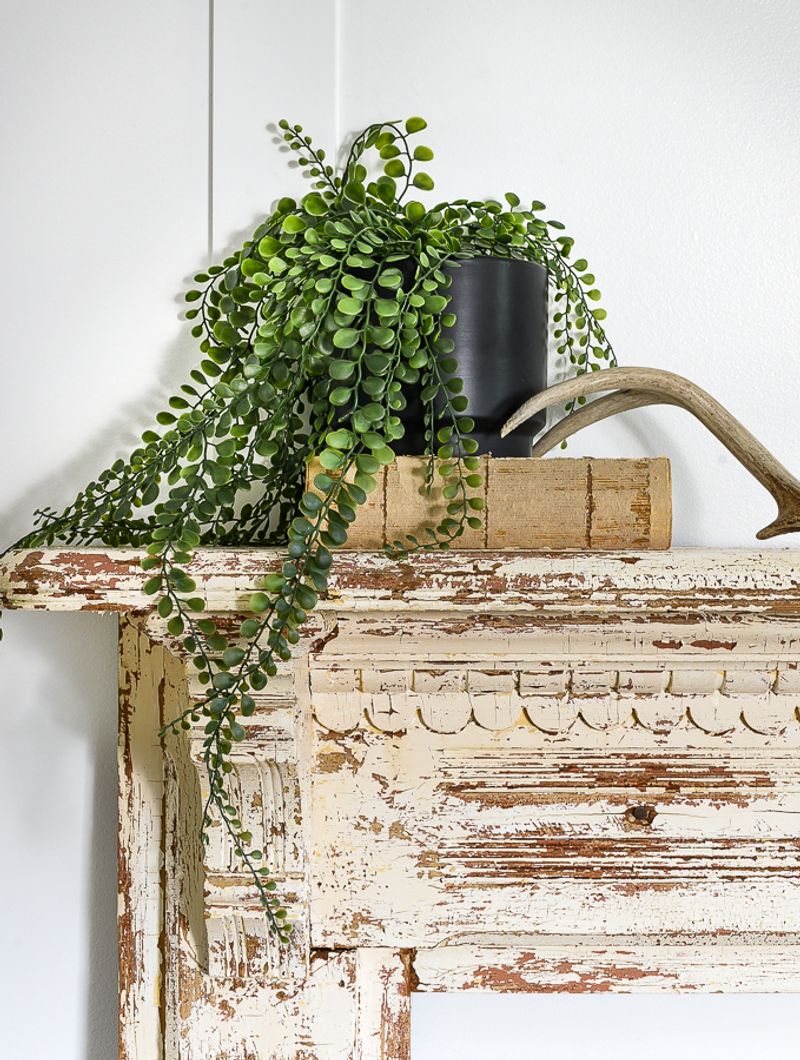
The shabby chic and rustic trends brought waves of artificially distressed furniture into homes. Perfectly good pieces were deliberately damaged, sanded, and painted to look weathered and antique.
This manufactured character now feels contrived to many homeowners and designers. The techniques became so formulaic that the “distressed” look paradoxically began appearing identical from piece to piece, defeating the purpose of creating something unique and time-worn.
Authentic vintage pieces with natural patina are still valued, but the factory-made faux versions are losing appeal. If you have these pieces, consider refinishing some to showcase the natural materials underneath. Or embrace them as part of your home’s story while gradually replacing with items that have more genuine character or cleaner lines.
10. Overly Minimalist Spaces (Falling Out of Favor)

Extreme minimalism stark white rooms with barely any furniture or decor – had its moment in the design spotlight. These spaces photographed beautifully and promised a clutter-free, zen-like existence.
Reality has set in as people actually lived in these spaces and found them cold, uncomfortable, and impractical. Where do you set your coffee? Where do guests sit? The pandemic especially highlighted our need for comfortable, functional homes rather than showpieces.
The pendulum is swinging toward “warm minimalism” that maintains clean lines but incorporates texture, color, and actually enough seating for everyone. Homeowners are realizing that minimalism as a philosophy of intentional consumption makes sense, but minimalism as an aesthetic often sacrifices comfort for appearance.
11. Tiled Countertops (Falling Out of Favor)
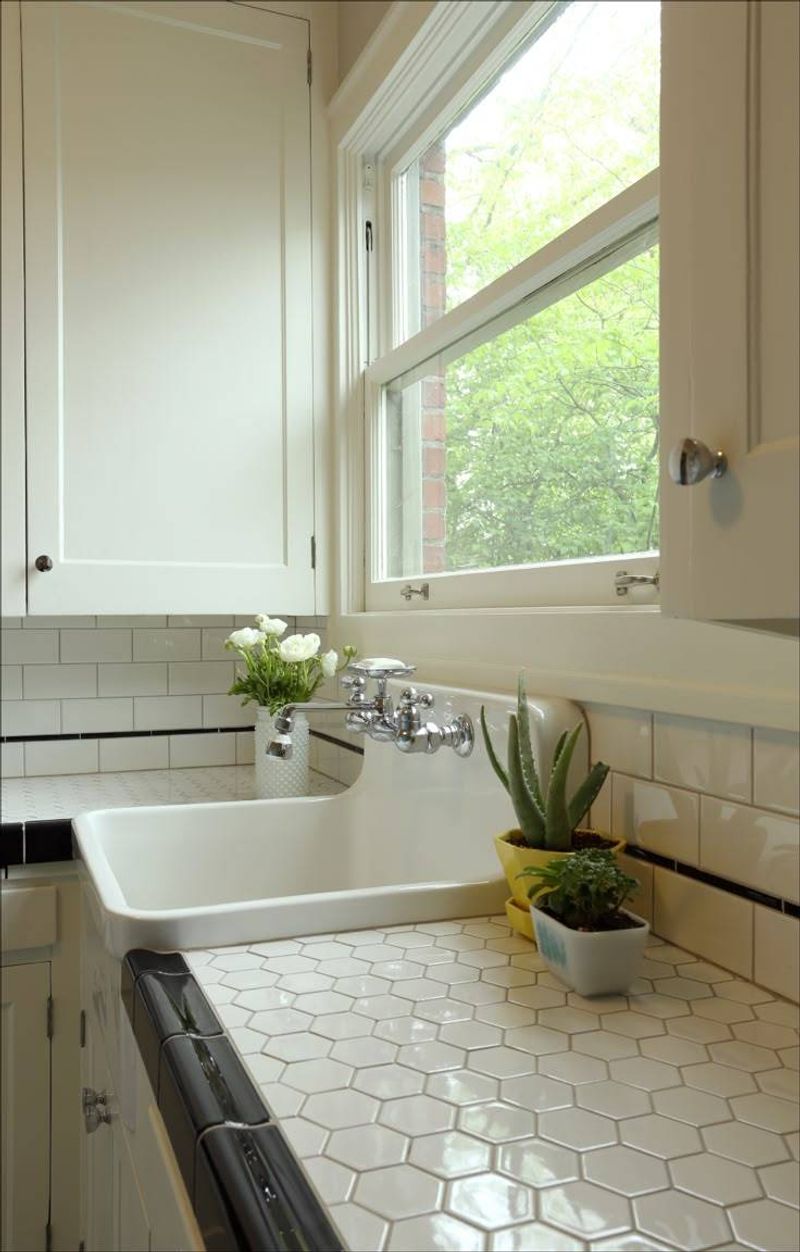
Ceramic tile countertops were once standard in kitchens across America, offering an affordable, heat-resistant surface in countless colors and patterns. I remember clients specifically requesting them in renovations through the 80s and 90s.
The problem that doomed them? Grout lines. Those little spaces between tiles became permanent dirt traps, harbored bacteria, stained easily, and made the surface bumpy and impractical for food prep.
Solid surface options like quartz, granite, and even butcher block have become more affordable while offering seamless, easier-to-clean alternatives. If you’re stuck with tiled counters, consider a temporary fix like a specialty epoxy coating that can smooth the surface until a full replacement is possible.
12. Vessel Sinks (Falling Out of Favor)
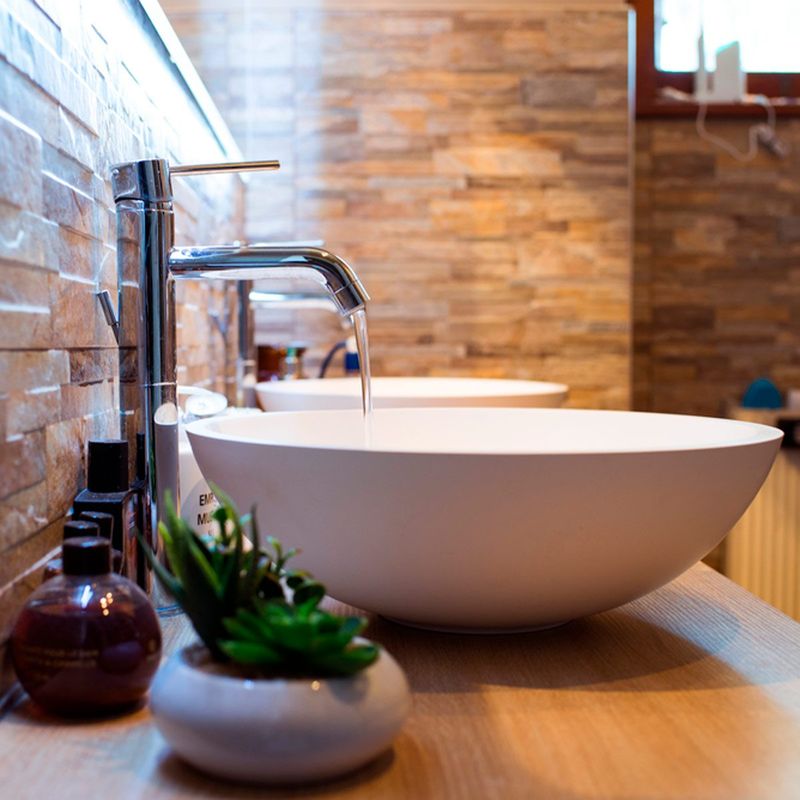
Those bowl-like sinks that sit on top of bathroom counters rather than being inset seemed revolutionary when they first appeared. They made a dramatic statement and turned a utilitarian fixture into a design feature.
After living with them, homeowners discovered numerous practical issues. Water splashes everywhere, the elevated rim makes washing your face awkward, and the connection point often becomes a cleaning nightmare.
Standard undermount or integrated sinks are making a comeback for their practicality and timeless appeal. If you have a vessel sink you’re tired of, the good news is they’re relatively easy to replace without redoing the entire vanity – just make sure your new sink’s connections match your existing plumbing setup.
13. Carpeted Bathrooms (Completely Rejected)
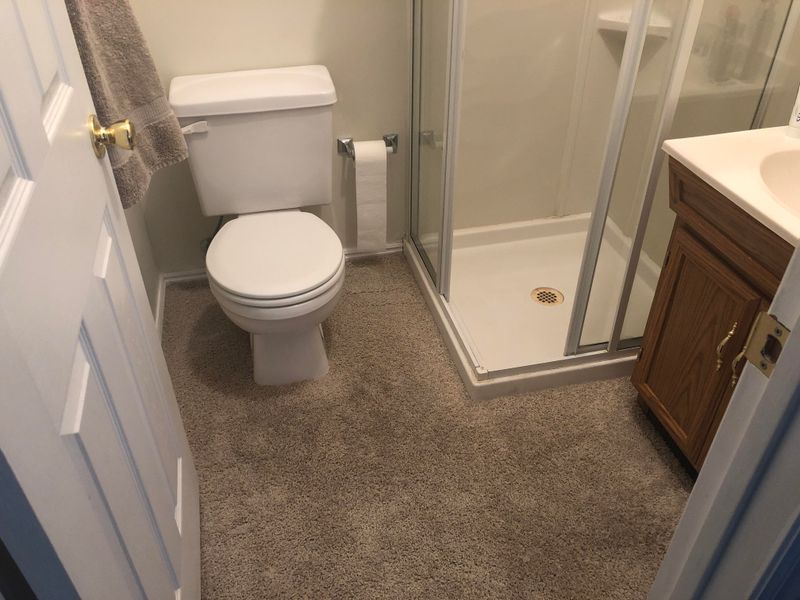
Wall-to-wall carpet in bathrooms somehow became popular in the 70s and 80s, supposedly adding warmth and softness underfoot. Anyone who’s ever lived with this feature knows the horror that awaits.
Moisture and carpet are mortal enemies. Even with perfect ventilation, bathroom carpets inevitably become breeding grounds for mildew, mold, and bacteria. The smell alone is enough to send today’s buyers running.
This is one trend that hasn’t just fallen from favor it’s been completely rejected by the market. If you’re selling a home with a carpeted bathroom, rip it out immediately and install tile, vinyl, or engineered wood designed for moisture-prone areas. Even the cheapest replacement option will add more value than keeping the carpet.
14. Popcorn Ceilings (Completely Rejected)
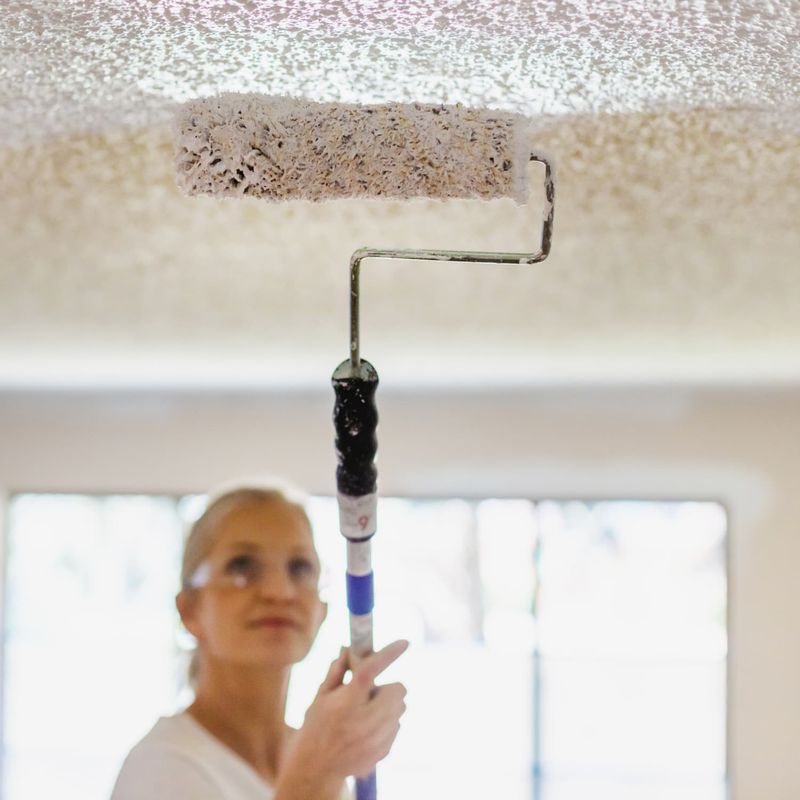
Those bumpy, spray-on textured ceilings were once in every new build across America. Builders loved them because they hid imperfections and provided quick, cheap ceiling finishes without the skilled labor of smooth plastering.
Today’s buyers see them as immediate renovation projects. Beyond their dated appearance, older popcorn ceilings often contained asbestos, and all versions collect dust and cobwebs in those countless little crevices.
Removal is messy but straightforward if no asbestos is present. If you’re selling, consider having popcorn ceilings professionally removed and replaced with smooth finishes. The cost is worthwhile I’ve seen homes with popcorn ceilings sit on the market while identical units with updated ceilings sell quickly at higher prices.
15. Mirrored Closet Doors (Completely Rejected)
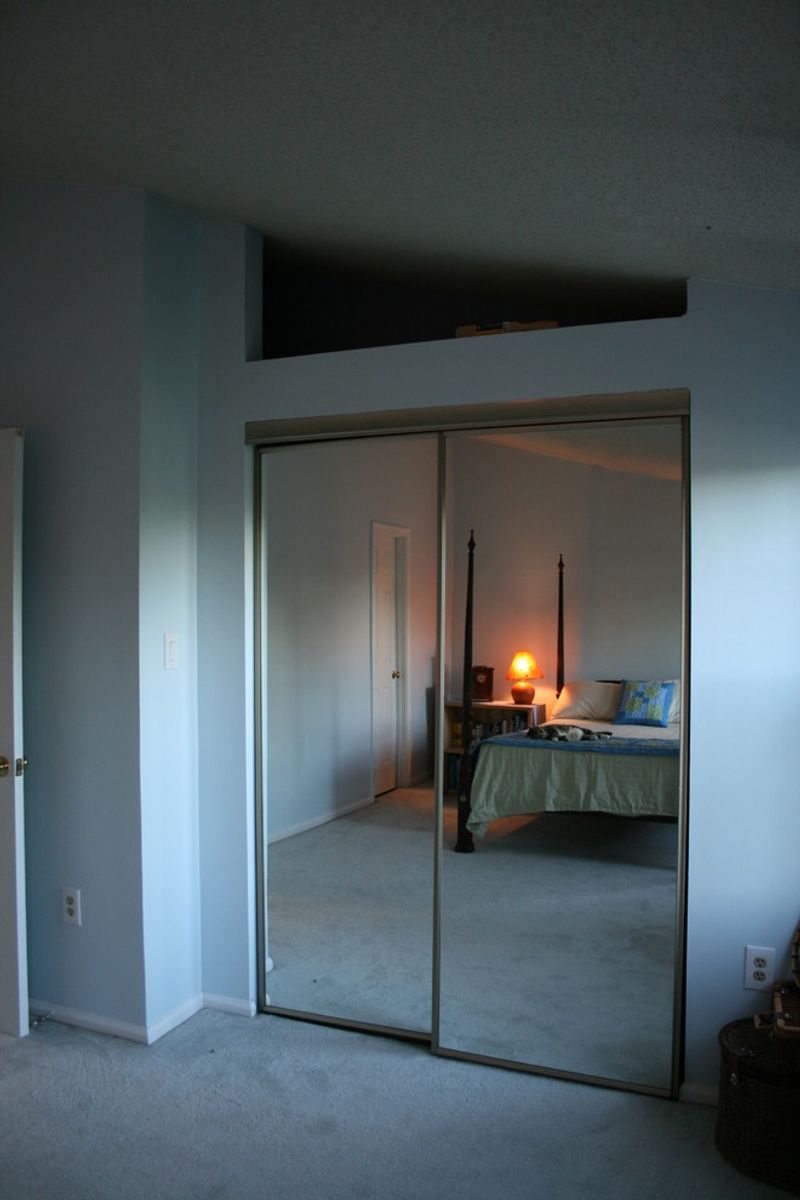
Full-wall mirrored sliding closet doors were practically mandatory in new construction throughout the 80s and 90s. The thinking was they made rooms look bigger and brighter while providing a full-length mirror for dressing.
These reflective monstrosities have fallen completely out of favor with today’s buyers. They collect fingerprints constantly, scratch easily, and create a dated, disco-era vibe that’s hard to overcome in room design.
Replacing them makes a dramatic difference in updating a bedroom. Modern alternatives include frosted glass, painted wood panels, or sleek flat doors with current hardware. If replacement isn’t in your budget, consider a temporary fix like contact paper designed for glass surfaces or removing the doors entirely and hanging curtains until you can afford new doors.
16. Glass Block Walls (Completely Rejected)
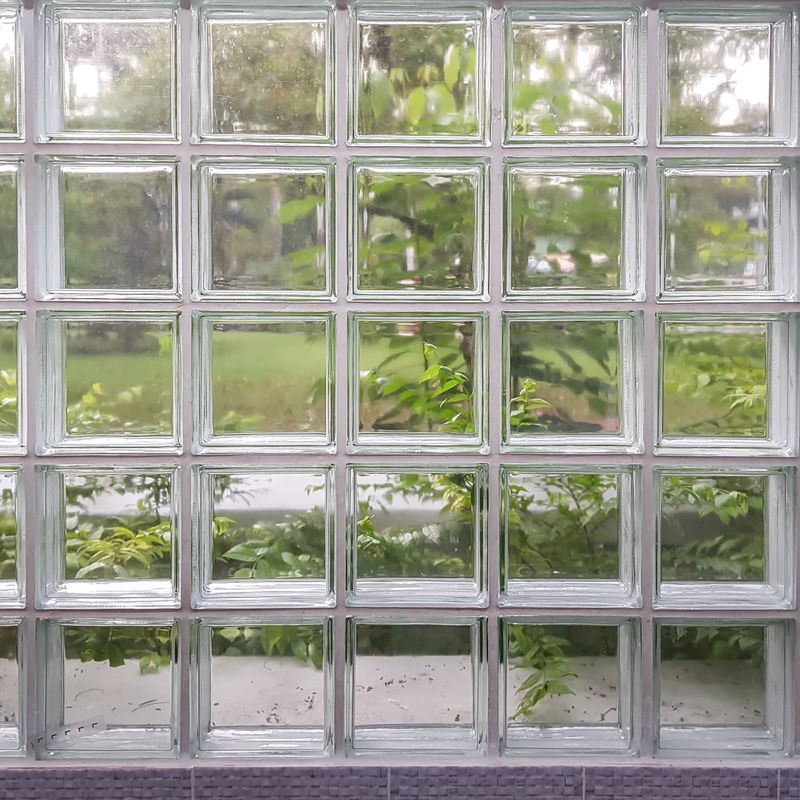
Glass blocks those thick, cloudy squares of glass were architectural darlings of the 80s and 90s. They showed up in bathrooms, as room dividers, and even as exterior windows, promising privacy while still allowing light transmission.
The unmistakable aesthetic immediately dates a home to a specific era. Beyond looks, they’re nearly impossible to clean between blocks, and they provide poor insulation compared to modern glass options.
Removing glass block walls is a significant project but often worth the investment when selling. If removal isn’t feasible, painting the blocks a solid color can minimize their distinctive appearance. For shower enclosures, replacing with modern frameless glass creates an immediate update that buyers consistently prefer.
17. Platform Bathtubs with Steps (Completely Rejected)
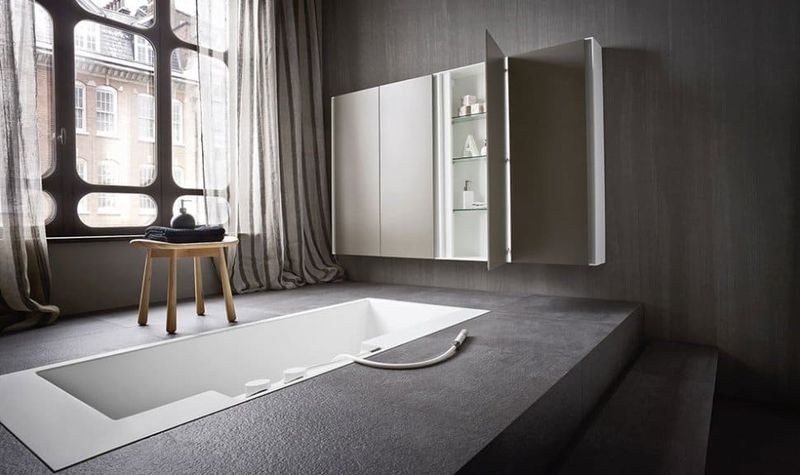
The giant platform tub surrounded by steps and sometimes columns was the ultimate luxury bathroom statement in the 80s and 90s. These Roman-inspired soaking tubs consumed massive square footage and often featured whirlpool jets.
Today’s buyers see them as dangerous, wasteful, and completely impractical. The steps create trip hazards, especially when wet. The massive tubs waste water and rarely get used, while taking up space that could be used for larger showers or storage.
This is another feature that can actively decrease home value. If you’re selling, consider replacing the platform tub with a modern freestanding soaker and expanding the shower area. If replacement isn’t possible, ensure the steps have non-slip surfaces and consider removing any dated decorative elements like columns or plant shelves.

